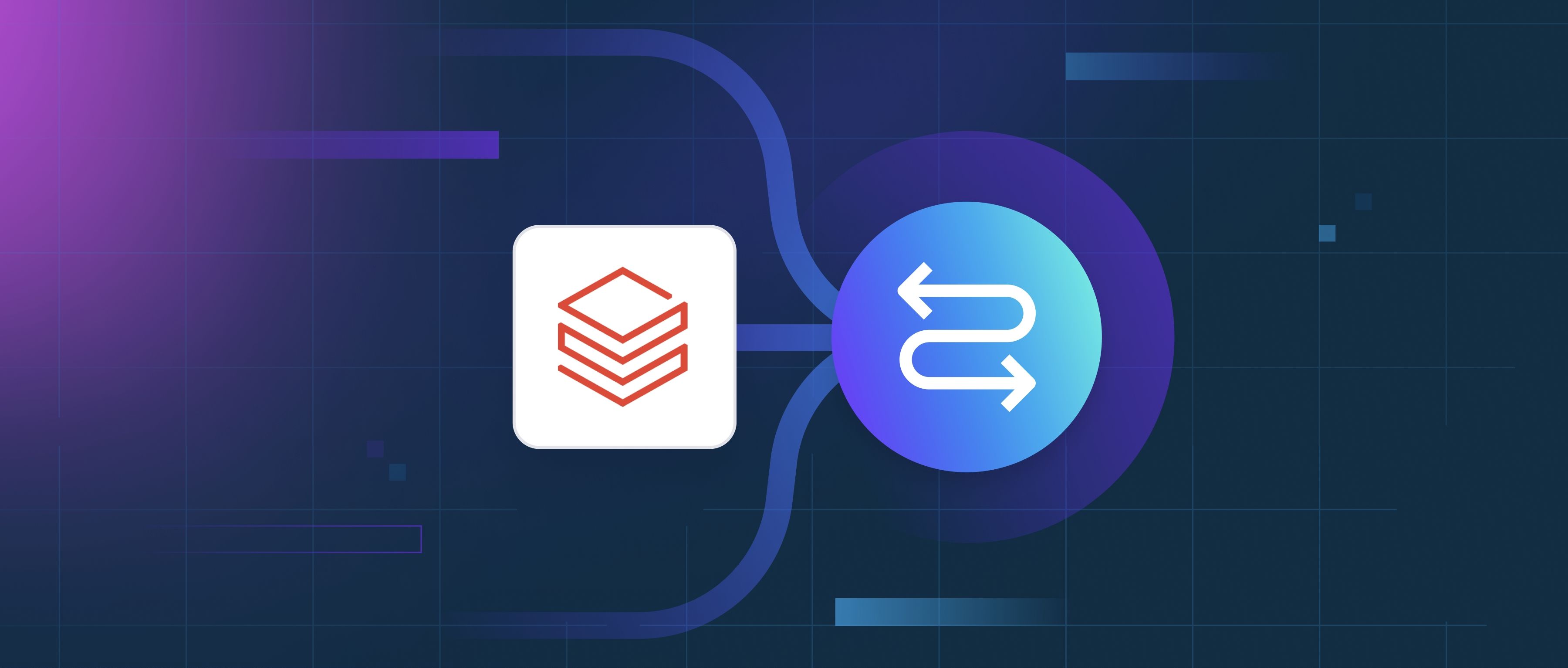To determine the optimal operating point for a system balancing recall and latency, start by systematically testing how different configurations affect both metrics. Adjust parameters that influence computational effort, such as the number of candidates retrieved in a search system, model complexity, or hardware resources. For each configuration, measure recall (using a labeled test dataset) and latency (often quantified as queries per second, QPS). Plot these results on a recall-vs-QPS curve to visualize the trade-off. This curve typically shows diminishing returns: beyond a certain point, increasing latency (lower QPS) yields minimal recall gains. The optimal point depends on the application’s requirements—for example, a fraud detection system might prioritize high recall despite higher latency, while a real-time recommendation engine may favor lower latency with acceptable recall.
Next, align the trade-off with business or user needs through stakeholder input. Define minimum acceptable recall and maximum tolerable latency thresholds. For instance, if users expect responses within 200ms (translating to a QPS target), identify the highest recall achievable at that QPS. Conversely, if recall must stay above 90%, determine the corresponding QPS. If priorities aren’t clear, use A/B testing to evaluate how different operating points impact user engagement or revenue. For example, a 5% recall drop might reduce sales by 2%, helping quantify the cost of latency improvements. For systems with variable loads, consider dynamic adjustments—prioritizing QPS during peak traffic and recall during off-peak times—though this adds complexity.
Finally, validate the chosen operating point. Ensure measurements are statistically robust by repeating tests under realistic conditions and averaging results. Use shadow testing (running configurations in parallel with production traffic) to observe real-world performance without impacting users. Monitor long-term stability, as factors like dataset drift or infrastructure changes can shift the recall-QPS relationship. Periodically re-evaluate the curve to adapt to new requirements or system updates. This iterative, data-driven approach balances theoretical trade-offs with practical constraints, ensuring the system meets both technical and business goals.
